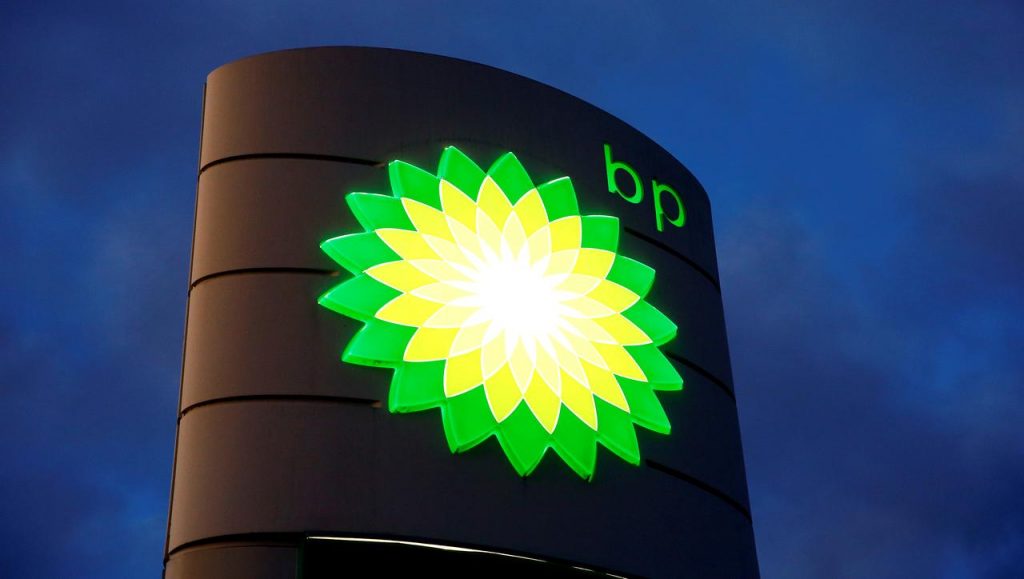BP (BP.L) will need to invest tens of billions of dollars over the next decade and may have to accept lower returns than it can get from oil if it is to meet its target of becoming one of the world’s largest renewable power generators.
The British oil and gas company wants 50 gigawatts (GW) of renewables such as wind, solar and hydropower in its portfolio by 2030, up from just 2.5 GW now and more than the total renewable capacity in the United Kingdom at the moment.
European oil firms are under pressure from activists, banks, investors and some governments to shift away from fossil fuels and are trying to find business models that offer higher margins than the mere production of renewable energy would generate.
Last week, BP followed Eni (ENI.MI) in committing to cut its oil production over the coming decade and set a bigger target for reductions than the Italian company.
Analysts say large offshore wind farms probably offer the quickest route for BP to scale up but as they can take years to develop, and have high start-up costs, it may have to turn to acquisitions – and they won’t come cheap.
“Getting value for that will be hard because these assets are very attractive and selling at very high prices,” said Peter Atherton, associate at British strategy consultants Stonehaven.
BP already has debt of $41 billion and as investors increasingly turn away from fossil fuel producers in favour of green energy firms, its shares have halved over the past two years, slashing its market value to under $80 billion.
By contrast, shares in Denmark’s Orsted (ORSTED.CO), one of the world’s biggest offshore wind developers, have surged 135% over the same period to give it a market value of $60 billion.
Orsted currently has 10 GW of installed wind power capacity – still only a fifth of BP’s target – and has committed to add another 3.8 gigawatts.
Shares in Spanish utility company Iberdrola (IBE.MC), which has 33 GW of installed renewable power and is developing several projects, have jumped 78% over the past two years, bringing its market capitalisation to $80 billion, on a par with BP.
Global renewable capacity is just over 2,500 GW, according to the International Renewable Energy Agency, but that is expected to grow rapidly as countries seek to lower emissions to meet targets set under the 2015 Paris Climate agreement.
International Energy Agency data shows that renewables, including wind, solar and hydropower, accounted for about a quarter of the electricity produced in countries in the Organisation of Economic Co-operation and Development last year.



